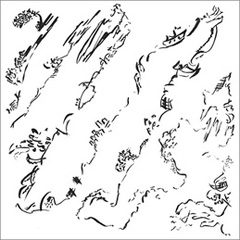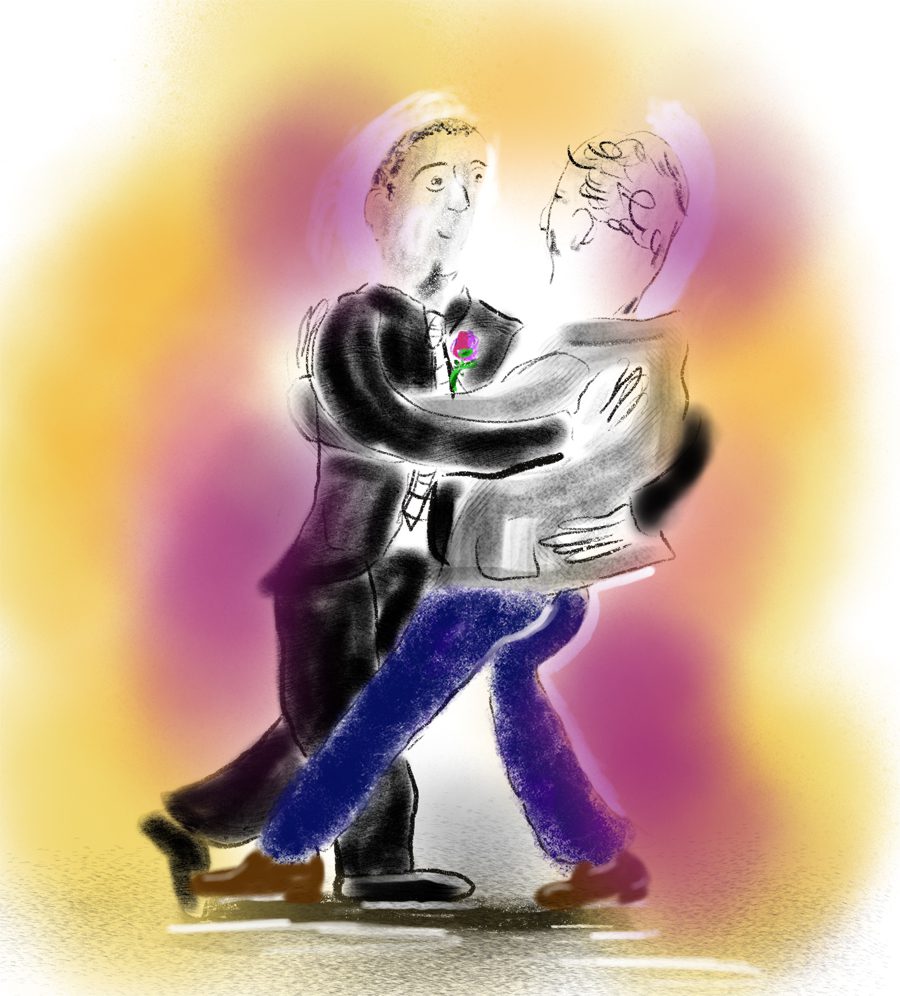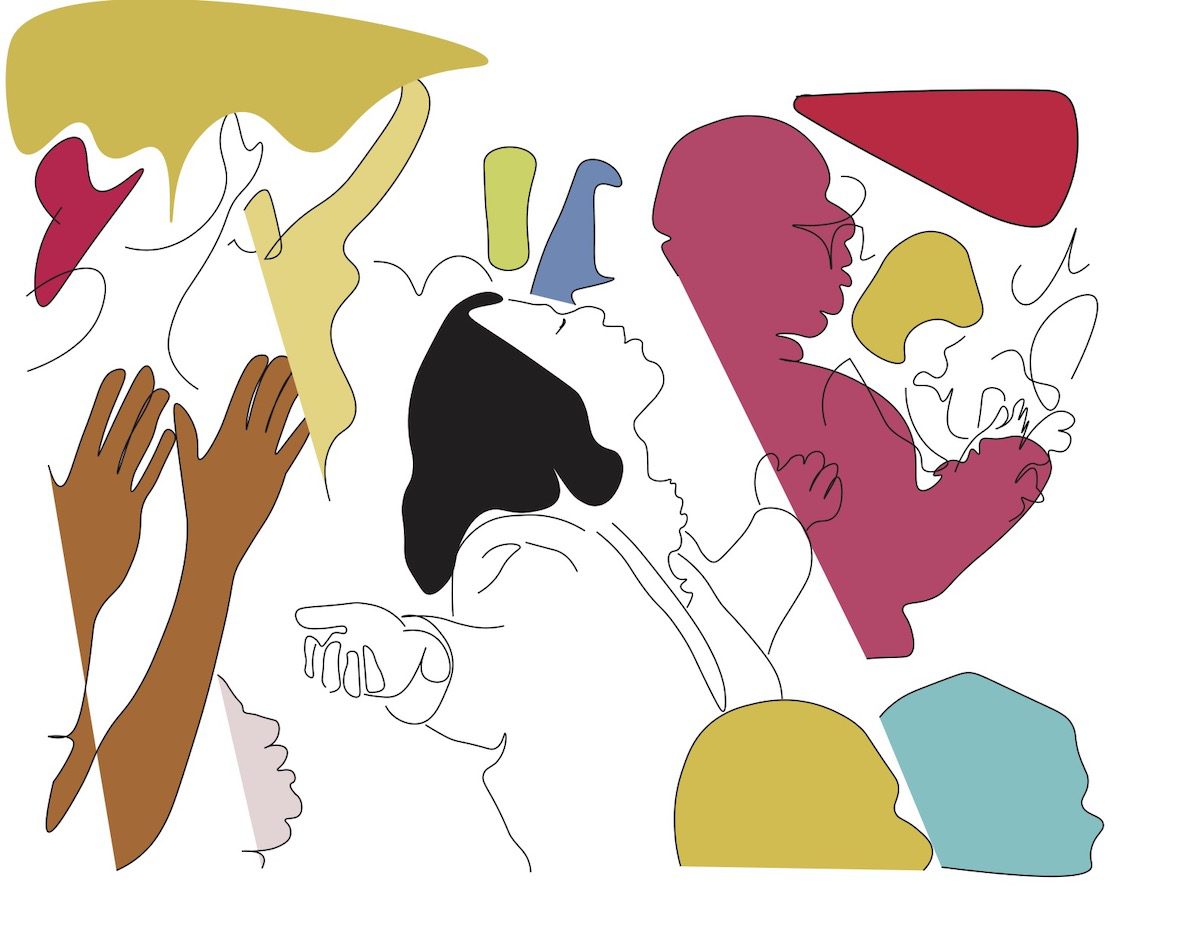Blues Control
Valley Tangents (Drag City)
There is something inherently brave about the instrumental album: the lack of a vocal line causes the listener to focus on the musical elements, to experience the abstraction of notes and rhythms as they mingle.Valley Tangents, the fourth record by Blues Control (and its first release for Drag City), works in this realm, weaving webs of keyboards, electronics, tape-music and beats to create a sound that, at times, is completely mesmerizing. The band, a collaboration between Leo Cho and Russ Waterhouse, creates moods, playing out structural ideas while breaking down traditional notions of pop. Many of the songs here are akin to the more abstract tracks of Animal Collective, or even the post-rock of Tortoise. It’s headphone candy: the kind of work whose strength lies in its subtleties—the little blips and beeps—as much as the dominant lines.
Consider the third track on the album, “Opium Den/Fade to Blue,” in which synth-flute lines seem to flutter above an underlying, oscillating synth bass line. The beats, full of reverb, punctuate an ever evolving machine of a song—the hum of an engine, the electronic beating of a synthetic heart. The song is a kind of cyborg, and the tension between the organic and the artificial/electronic takes center stage. Add to that the sense of melancholy at play, the way “Opium Den/Fade to Blue” evokes the altered perceptions—and even the trail of smoke—of opium. There’s also another presence, something more abstract and menacing. The strength of the album lies in the music’s ambiguity.
This is not representational music, though it does, at times, slip into jazzy or groovy tropes, pulling back from periods of cacophonous, chaotic sound. “Love’s a Rondo” is a stately, accessible beginning to the album, an invitation of sorts. A reverby, distorted guitar line alternately underscores and compliments the keyboards, which are then embellished by atmospheric waves of sound. In short order, a kind of communiqué establishes itself between the parts; there seem to be improvisational moments in these songs, set against a meticulous accumulation of discrete elements. The results come from ingenuity or a formula—probably a bit of both. The song strives to achieve, if not a balance between the spontaneous and the fixed, a kind of coexistence of the two: a paint-by-numbers approach to experimentation.
I love how “Iron Pigs” opens: a driving blast of synth horns duke it out with cartoon sound effects and dampened clicks. The fight is backed by unsettling keyboards. Some might call this sort of thing psych-pop, though I’m also reminded of forbearers like RJD2 or DJ Shadow. By the minute and a half mark, the band falls in line, guitar parts take over, and snippets from earlier on re-emerge, reconstituted. There’s certainly a dark majesty to the parts, seemingly borrowed, and a fantastic array of subtle touches can be unearthed with careful listening. But four and a half minutes is a long time, and there are moments when the song loses momentum.
And I hate to say it—this might just be my own musical ADD at work—but many of the songs on the album seem to pick up steam only to meander with it. Perhaps by design, the songs, and therefore the album, never quite resolve themselves. Living up to its name, Valley Tangents veers into jazz territory without stepping fully into a groove; it mingles with electronic music, introduces noise elements, but sort of noodles it all to death. What we have here is an artful, if flawed, pastiche: It doesn’t fit comfortably into any specific genre, and isn’t trying to be anything but itself. To Blues Control’s credit, this album is a collision of experimentation and formalism, a graceful melody couched in a cushion of appealing noise.





